Tempe
by
Abraham Ortelius
Detail
Date of first edition: 1595
Date of this map: 1609
Dimensions (not including margins): 36 x 47 cm
Dimensions (including margins): 46 x 55 cm
Condition: Very good. Original colouring. Strong paper and wide margins.
Condition rating: A
Verso: text in Latin
Map reference: Van den Broecke 231; Van der Krogt, AN: P-Tempe:31
From: Theatrum Orbis Terrarum
Price (without VAT, possibly to be added): €900,00 (FYI +/- $999,00 / £801,00)
Unless otherwise specifically stated on this map page, we charge the following expedition costs in euro (unfortunatelly, gone up with Covid, but still too low in reality!):
– Benelux: 40 euro
– Rest of Europe: 60 euro
– Rest of the World: 100 euro
In stock
Related items
-

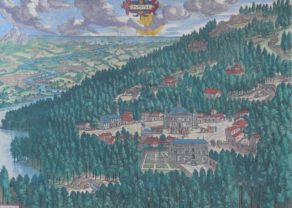
Daphne (Syria)
by Abraham OrteliusPrice (without VAT, possibly to be added): €900,00 / $999,00 / £801,00Searching for Daphne
-

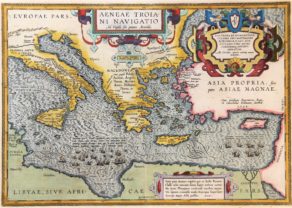
Aeneas’ Travels – Aeneae Troiani Navigatio
by Abraham OrteliusPrice (without VAT, possibly to be added): €1 500,00 / $1 665,00 / £1 335,00A unique map in the footsteps of Vergilius (ca. 70 BC – 19 BC)
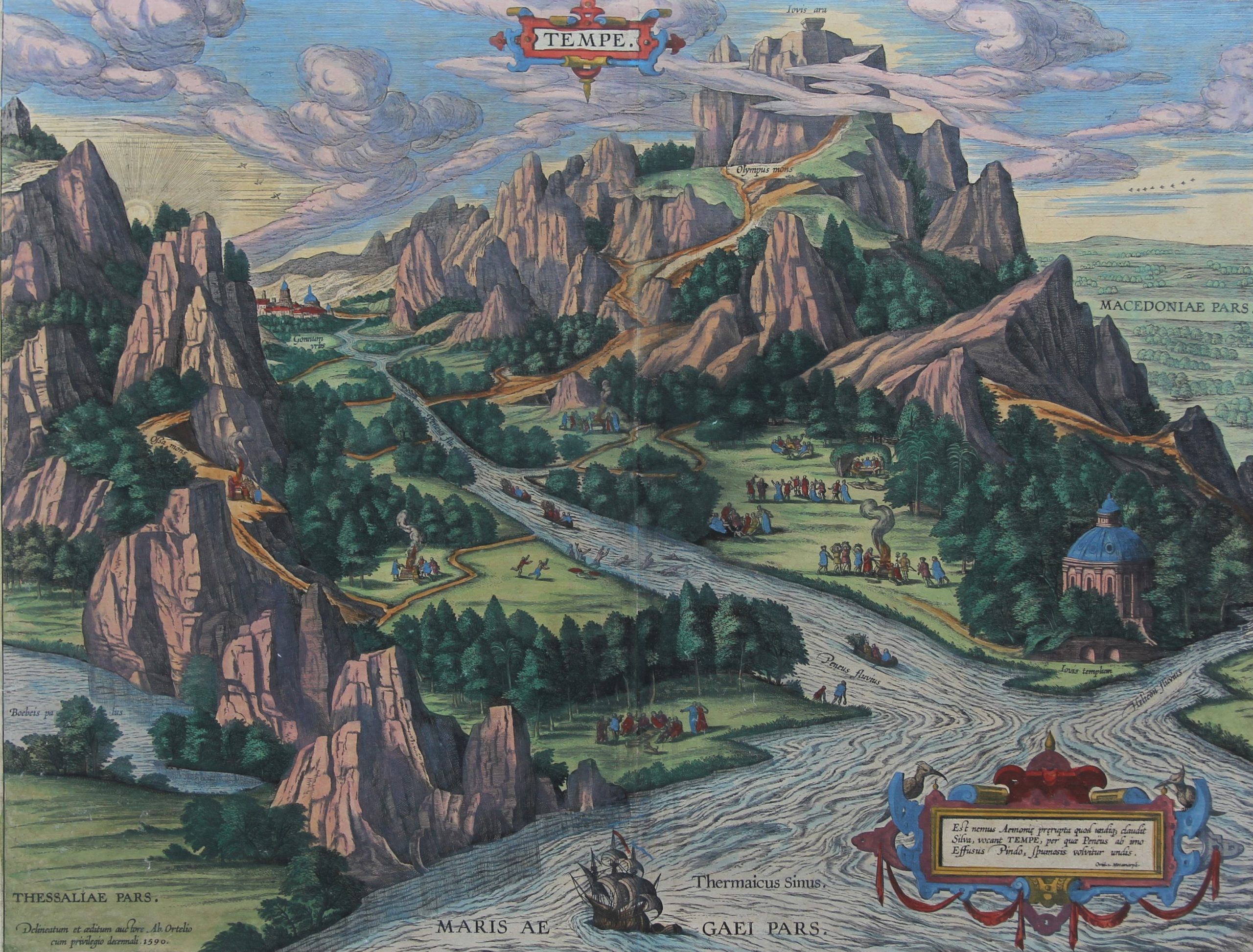
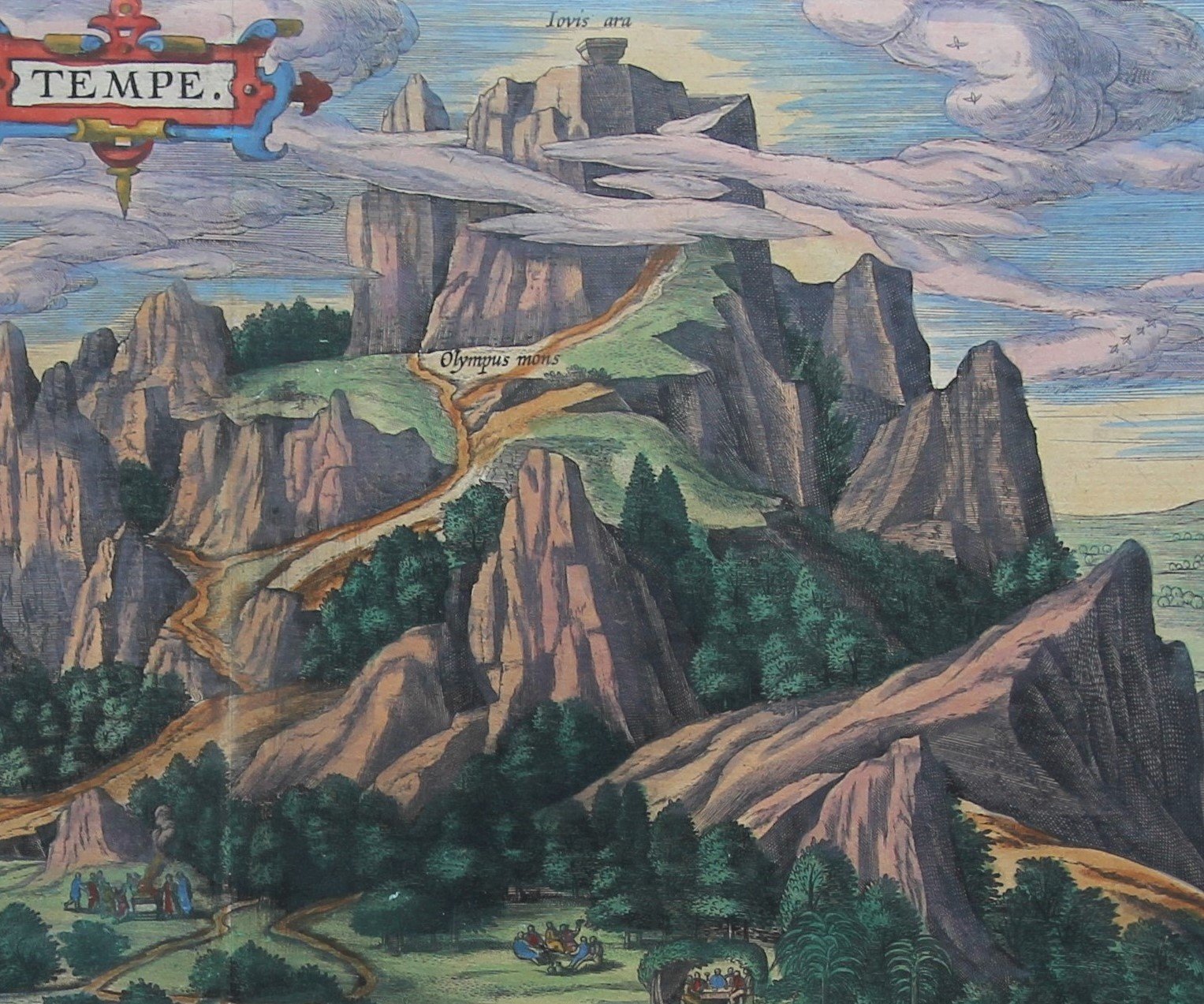
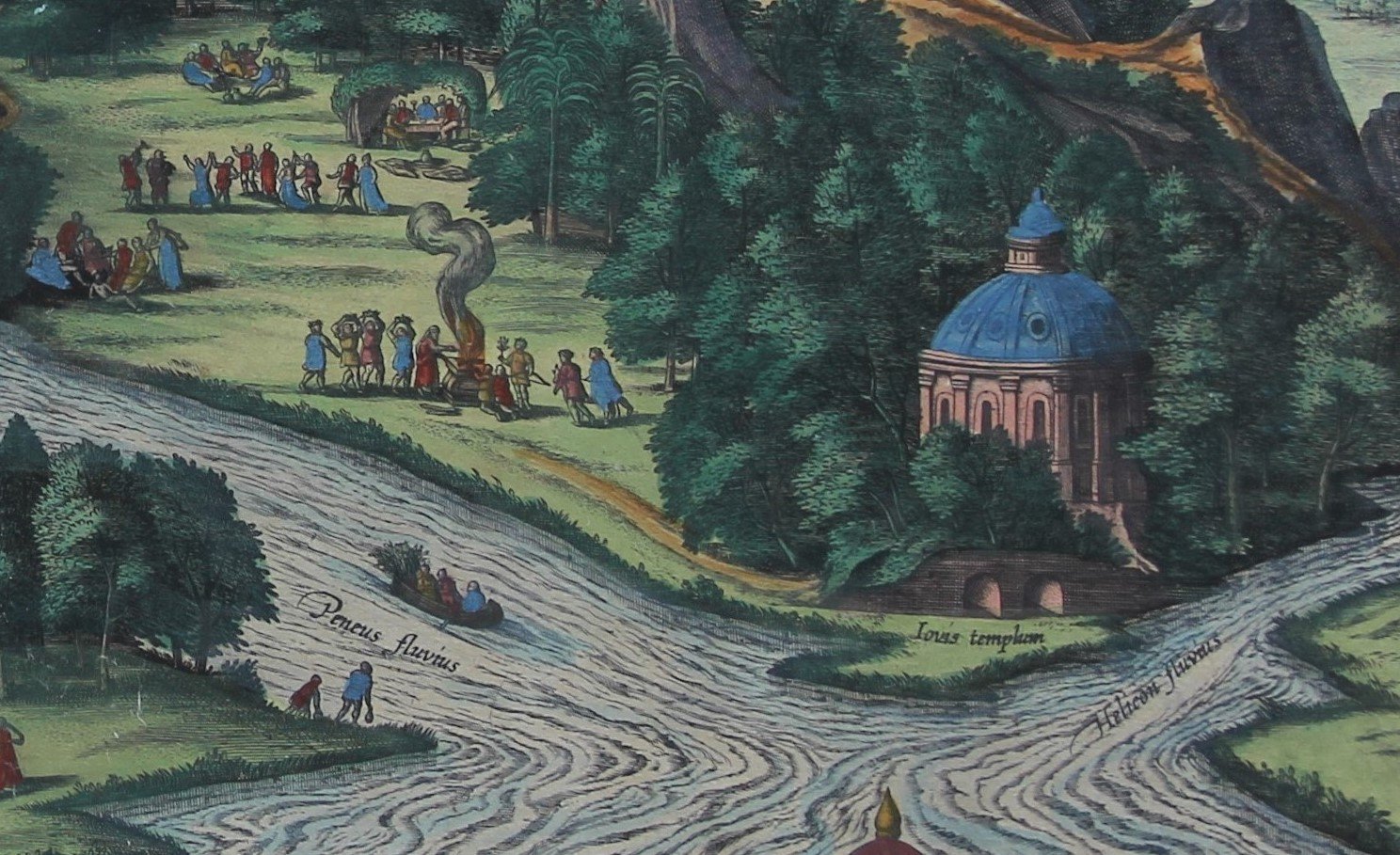
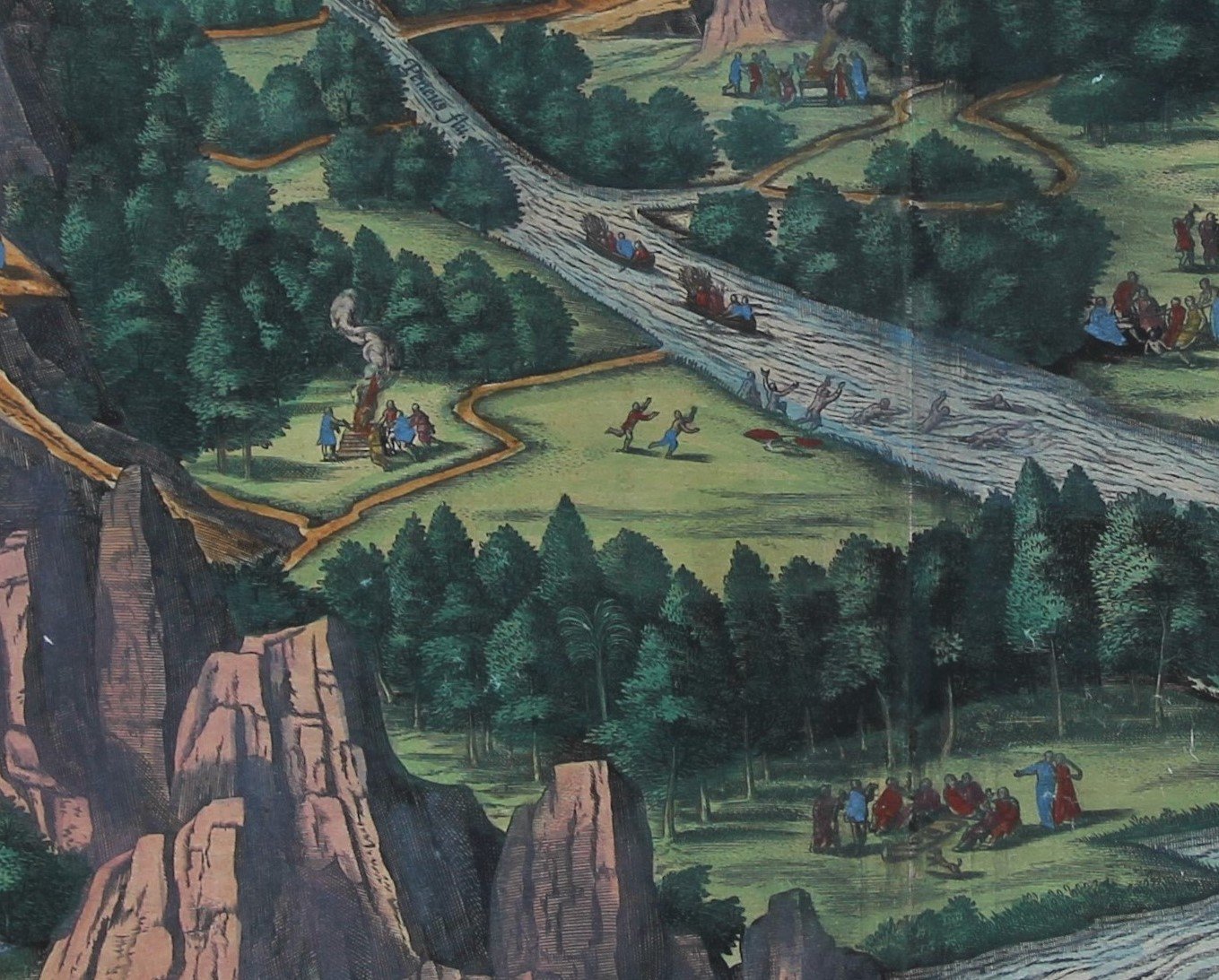
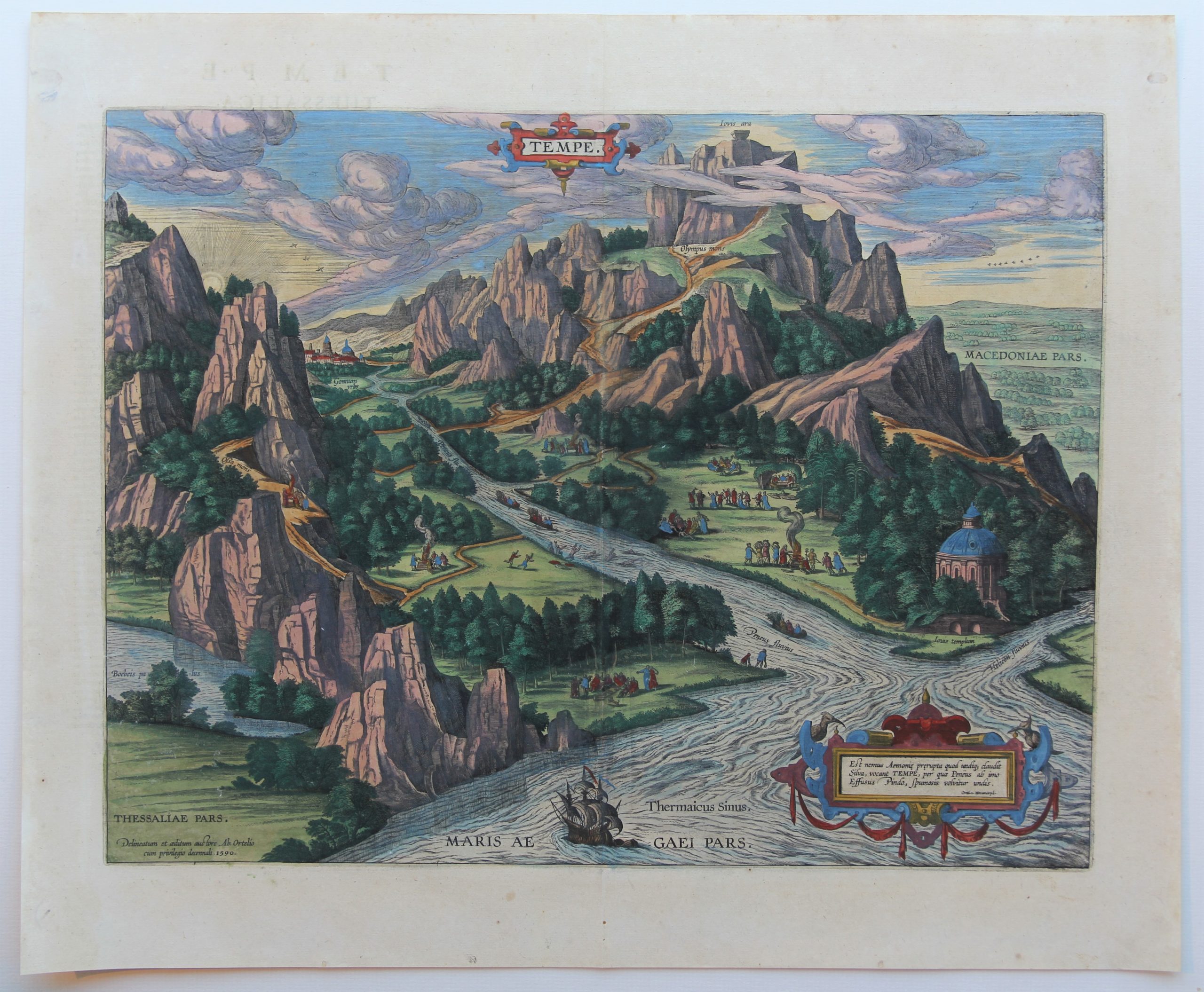
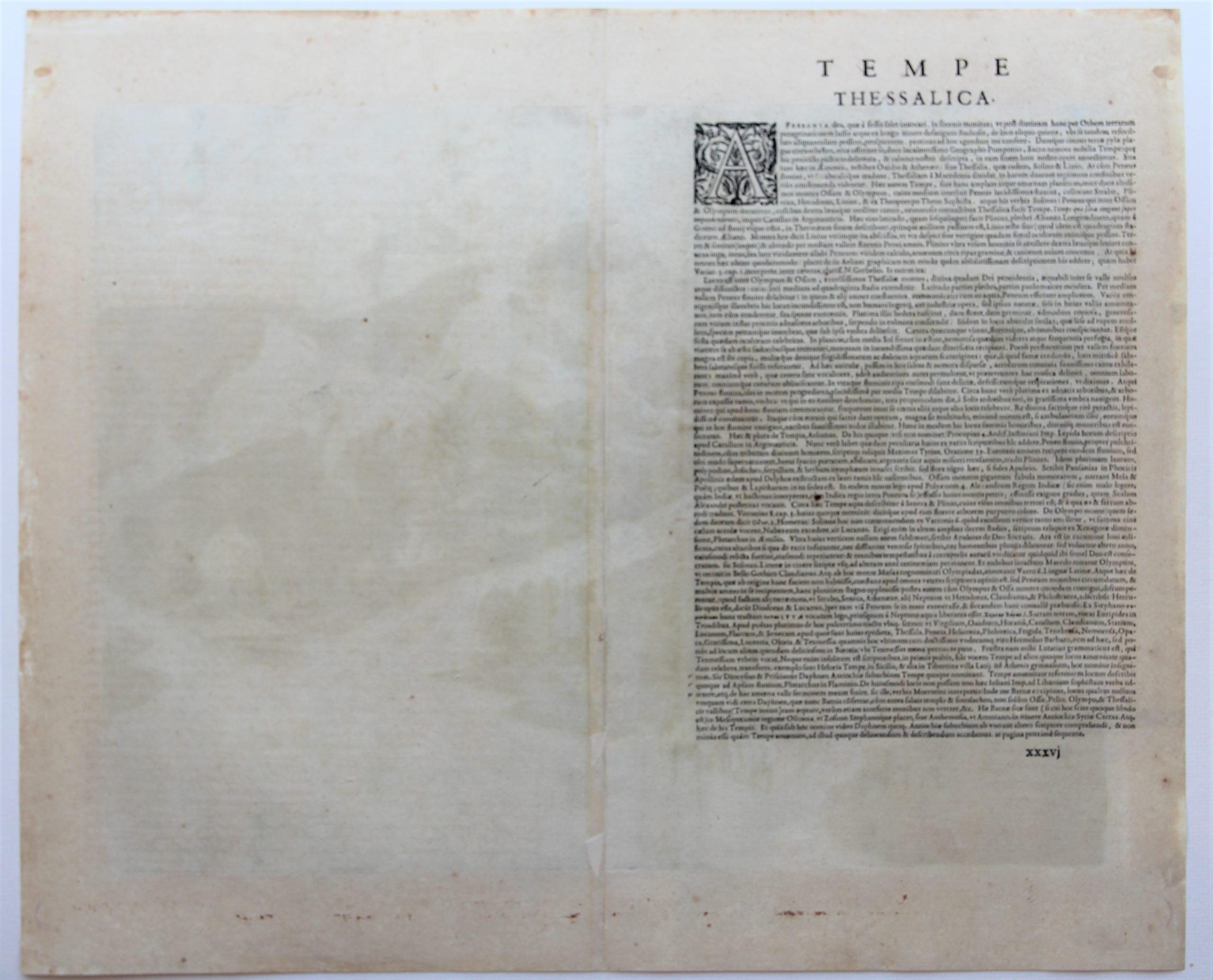
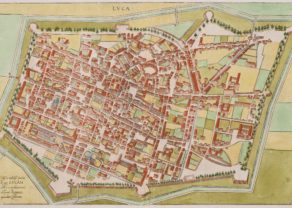
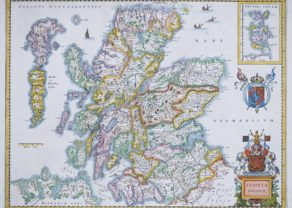
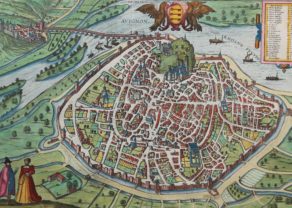
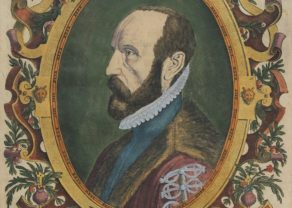
Zeus, Mount Olympus and Tempe… or somewhere between myth and reality
Views are a rarity in the historical atlas by Ortelius. Even then, one would have expected an illustration of antique Jerusalem, Athens or Rome, but this was not the case. This illustration combines myth and reality. The Tempe Valley really exists and it forms a 10 km gap around River Pineios (after the God Peneus), which separates Thessaly of Macedonia:
Enthroned above Mount Olympus, we find the seat of Zeus and the Greek gods. Mount Olympus rising to 2.918 meters is the highest mountain of current-day Greece. The origin of the name “Olympus” is unknown and it is probably pre-Greek. Homer refers to Mount Olympus as the seat of the Greek Gods (in general terms) and not to an identifiable or specific location. On the mountain peak and in the valley Ortelius shows the altar and the temple of Apollo, son of Zeus. Ortelius refers to “Jovis ara” or Jupiter, the Roman counterpart of Zeus.
In ancient times, it was celebrated by Greek poets as a favorite haunt of Apollo and the Muses. The paradise of Tempe was an historical place of culture, care and lust. On the river banks grows the laurel tree, whose leaves were used to make the victory wreath for the winners at the Pythian games in Delphi. Ortelius drew his data for this view from Ovid, Herodotus, Aelian, Plinius, Herodotus and Varro. Ortelius incorporated this sight for the first time in 1590, but this print comes from the Latin version of B. Vrients from 1609.
In the lower right corner, the brilliantly decorated cartouche reads:
“Est nemus Æmoniæ prærupta quod undiqß claudit | Silva, vocant Tempe, per quæ Peneus ab imo | Effusus Pindo, spumosis volvitur undis.” Translation: Hear in the inaccessible forests of Æmonia, which is everywhere enclosed by the forest called Tempe, through which the river Peneus, scattered by the Pindus Mountain range, tosses with foamy waves.